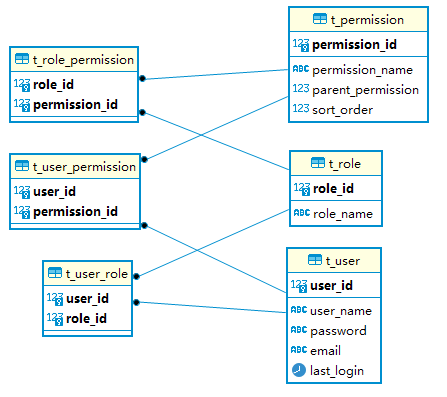# Divide /1 2 select cast (30 as float ) / 120 , 30 ::float / 120 , 30 / 120 ;
# VARIADIC Parameter参数 nums 是一个数组,可以传入任意多个参数;然后计算它们的和值。 例如:SELECT sum_num(1,2), sum_num(1,2,3);
1 2 3 4 5 6 7 8 9 10 11 CREATE OR REPLACE FUNCTION sum_num(VARIADIC nums numeric [])RETURNS numeric AS $$DECLARE ln_total numeric ; BEGIN SELECT SUM (nums[i]) INTO ln_total FROM generate_subscripts(nums, 1 ) t(i); RETURN ln_total; END ; $$LANGUAGE plpgsql;
# GENERATE_SUBSCRIPTSgenerate_subscripts return array index
1 2 3 4 5 6 7 8 select * from generate_subscripts(array [4 , 3 , 2 ], 1 ) t(i);
# GENERATE_SERIES1 2 3 4 5 6 7 8 9 10 11 12 13 14 15 SELECT v, 'val:' || v FROM generate_series(1 , 5 ) v; SELECT v, 'val:' || v FROM generate_series(1 , 5 , 2 ) v;
# Values ListsSyntax : VALUES ( expression [, ...] ) [, ...]
1 2 3 4 5 6 7 8 9 10 11 12 13 14 15 16 17 18 19 20 21 22 23 VALUES (1 , 'one' ), (2 , 'two' ), (3 , 'three' );SELECT 1 AS column1, 'one' AS column2UNION ALL SELECT 2 , 'two' UNION ALL SELECT 3 , 'three' ;SELECT * FROM (VALUES (1 , 'one' ), (2 , 'two' ), (3 , 'three' )) AS t (num, letter); num | letter 1 | one 2 | two 3 | three
# Alias1 2 3 4 5 6 7 8 9 10 11 12 13 14 15 16 17 18 19 20 21 22 create table t1(id int , name varchar (20 ));insert into t1 values (1 , 'SQL' );create table t2(id int , name varchar (20 ));insert into t2 values (1 , 'Alias' );select t1.* from t1 t cross join t2 t1; create temporary table t1(id int , name varchar (20 ));insert into t1 values (1 , 'TEMP' );select * from t1; select - id as id from (values (1 ), (2 ), (3 )) t(id) order by id;
# Anonymous Block1 2 3 4 5 6 7 DO $$ DECLARE name text; BEGIN name := 'PL/pgSQL' ; RAISE NOTICE 'Hello %!' , name; END $$;
以上是一个匿名块,与此相对的是命名块(也就是存储过程和函数)。其中, DO 语句用于执行匿名块;我们定义了一个字符串变量 name,然后给它赋值并输出一个信息; RAISE NOTICE 用于输出通知消息。$$ 用于替换单引号 ' ,因为 PL/pgSQL 代码主体必须是字符串文本,意味着代码中所有的单引号都必须转义(重复写两次)。对于上面的示例,需要写成以下形式:
1 2 3 4 5 6 7 DO 'DECLARE name text; BEGIN name := ''PL/pgSQL''; RAISE NOTICE ''Hello %!'', name; END'
# Month Calendar1 2 3 4 5 6 7 8 9 10 11 12 13 14 15 16 17 18 19 20 21 22 23 24 25 26 with recursive d(ymd) as ( select date_trunc('month' , current_date )::date as ymd union all select ymd + 1 from d where ymd < (date_trunc('month' , current_date ) + interval '1' month - interval '1' day )::date ), d2 as ( select ymd, extract ('week' from ymd) wk, extract (day from ymd) dm, extract (dow from ymd) dw from d ) select min (case dw when 1 then dm end ) as "星期一", min (case dw when 2 then dm end ) as "星期二", min (case dw when 3 then dm end ) as "星期三", min (case dw when 4 then dm end ) as "星期四", min (case dw when 5 then dm end ) as "星期五", min (case dw when 6 then dm end ) as "星期六", min (case dw when 0 then dm end ) as "星期日" from d2 group by wk order by 1 nulls first , 2 nulls first , 3 nulls first , 4 nulls first , 5 nulls first , 6 nulls first , 7 nulls first ;
# User Permission DesignUsers can have roles with certain permissions, or they can directly have permissions.

